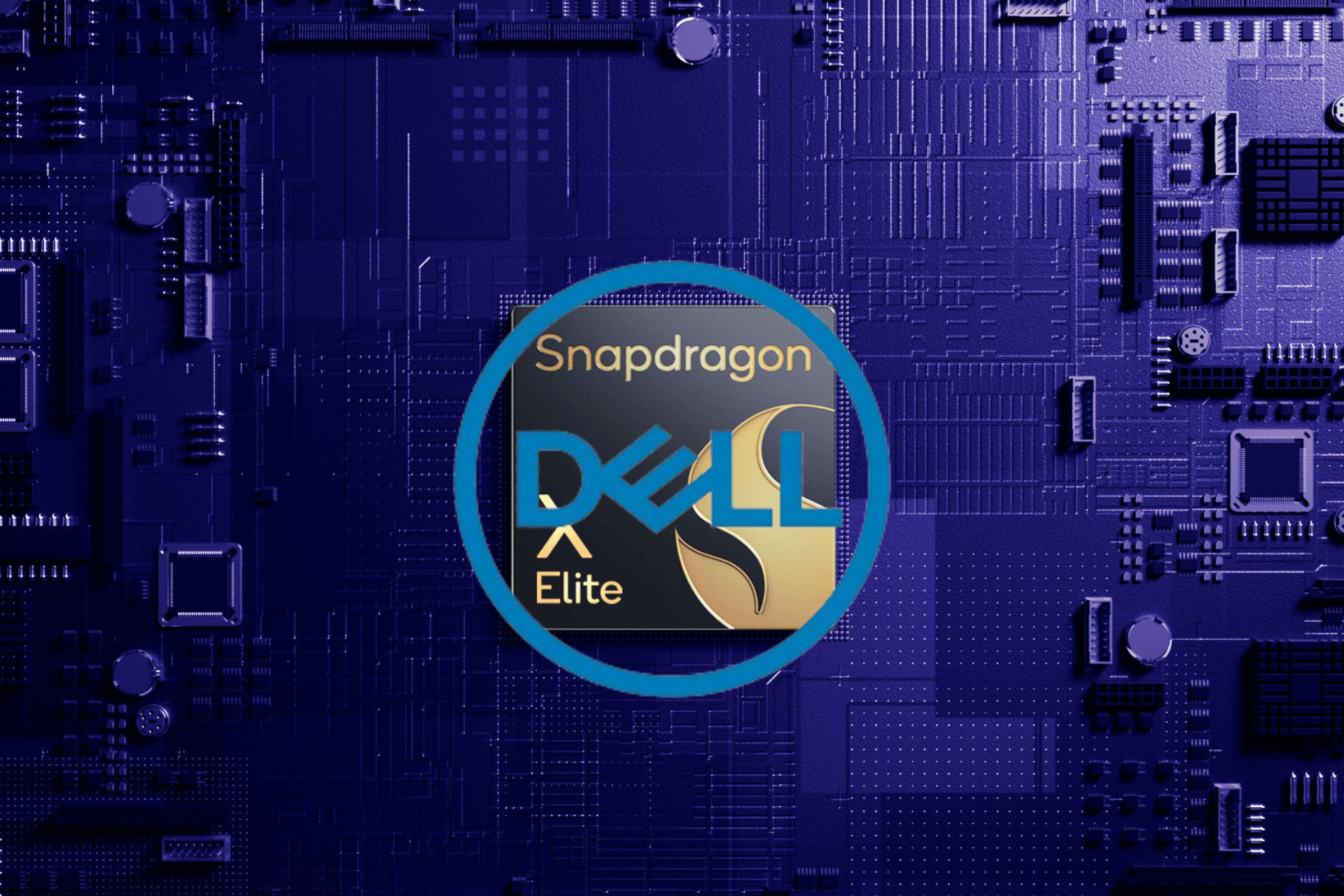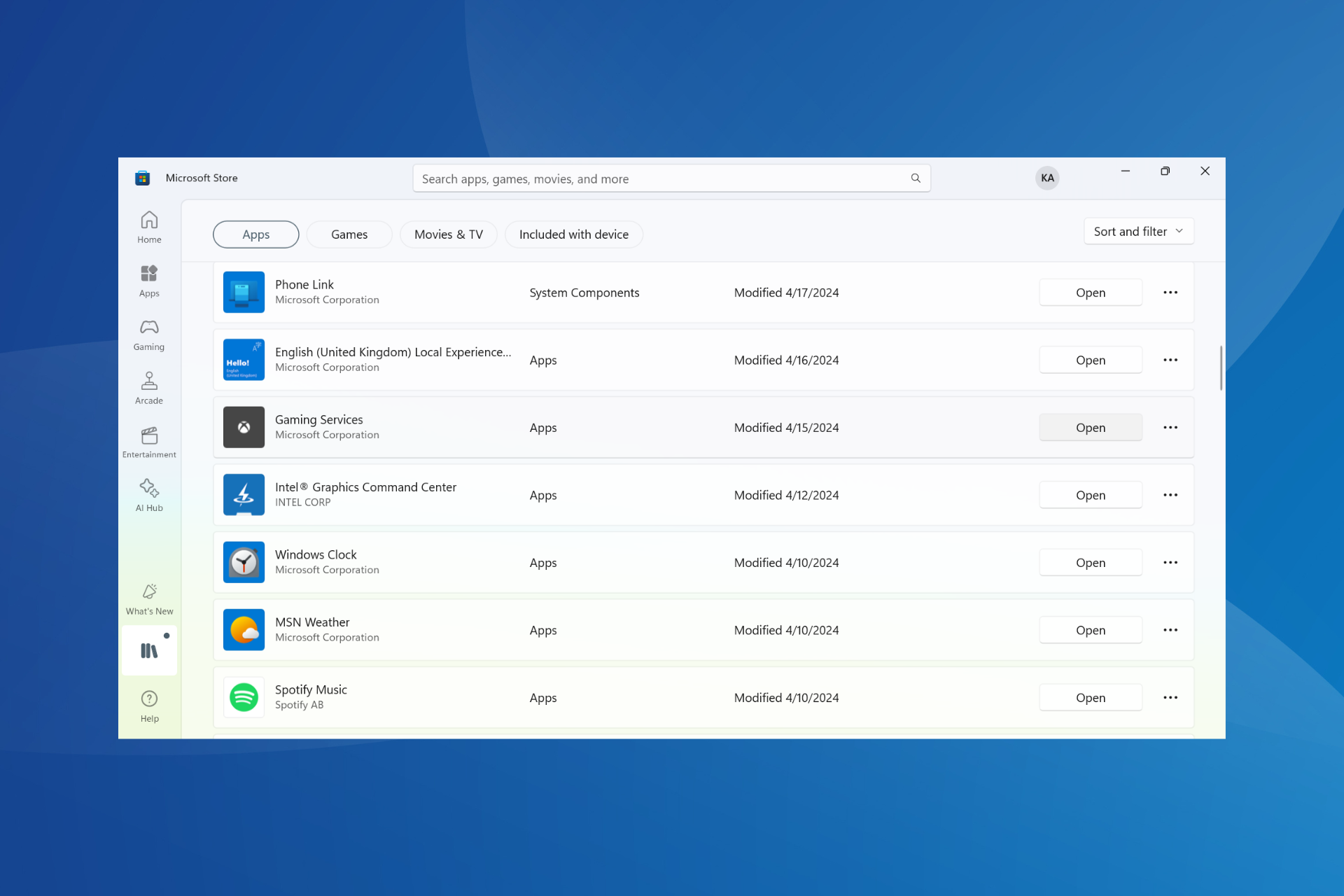Updated Forrester study shows Windows 10 drives benefits for enterprises
2 min. read
Published on
Read our disclosure page to find out how can you help Windows Report sustain the editorial team Read more

While only a fraction of the huge enterprise pool is dipping its toes in the Windows 10 upgrade waters, those who have, are seeing an immediate ROI.
Perhaps, as part of a pitch to entice more business adoption of Windows 10, Microsoft commissioned Forrester Consulting to conduct a Total Economic Impact (TEI) study on the merits of its latest operating system.
The TEI study consisted of Forrester interviewing four enterprise customers in varying industries who have already been running Windows 10 for some time. The areas of focus in the study include multinational food and beverage conglomerate, global IT firm, international software vendor and a governmental health department.
Due to its commissioned nature, we’ll take the following results with a grain of salt.
The updated study shows the three-year net present value of benefits per user increased from $403 to $515 and the Return on Investment grew from 188% to 233%, with a payback period of 13 to 14 months. This updated study helps provide further evidence that Windows 10 can drive significant cost savings, security and productivity benefits for enterprise customers. Enterprises that leverage the new tools in Windows 10 to deploy the updated operating system (OS) more quickly and easily than with past efforts have experienced improved boot times, application access, security, and mobility which has helped IT and users increase their productivity and complete their work more effectively.
A high-level overview of the results show that with Windows 10 businesses on average require less IT administration time to set up and support. The reduced IT overhead has translated into “an estimated 15% improvement in IT management time with Windows 10.”
Another benefit of Windows 10 in the workplace is the reduction in systems security measures that Forrester has estimated saving some businesses up to $700,000 a year by using the operating system’s built-in security measures.
Lastly, the TEI study showed that Windows 10 has also led to improvements in productivity for businesses. With faster boot times, improved access to corporate applications, less time fumbling with security measures and better mobility tools, employees are working quicker and more efficiently. Some employers estimated that their workers were 25% more productive with Windows 10 than they were on previous operating systems.
The TEI study was conducted last December, and with more improvements coming in next weeks Creators Update, Forrester may find even more positive ROI numbers for on-the-fence companies looking to upgrade to Windows 10.









